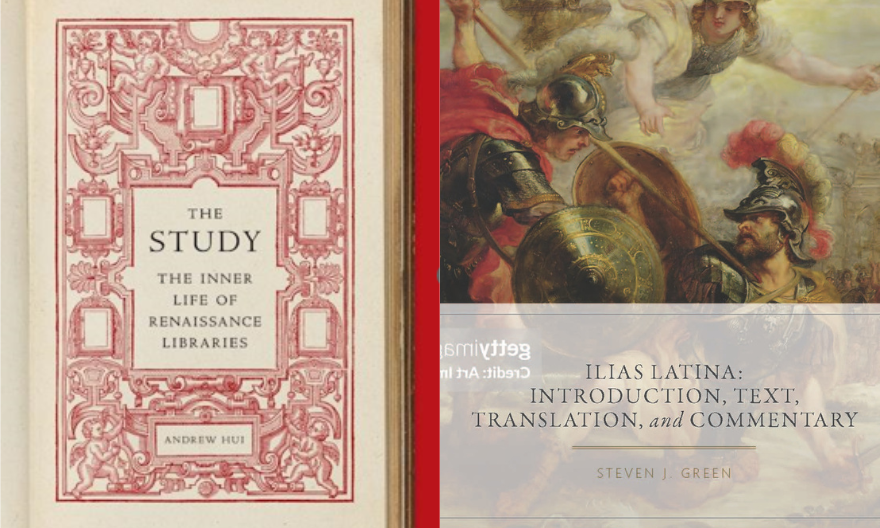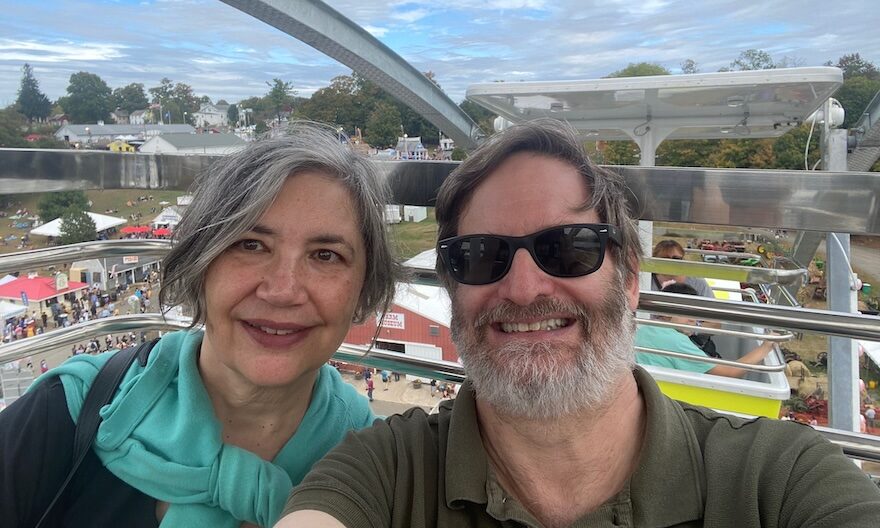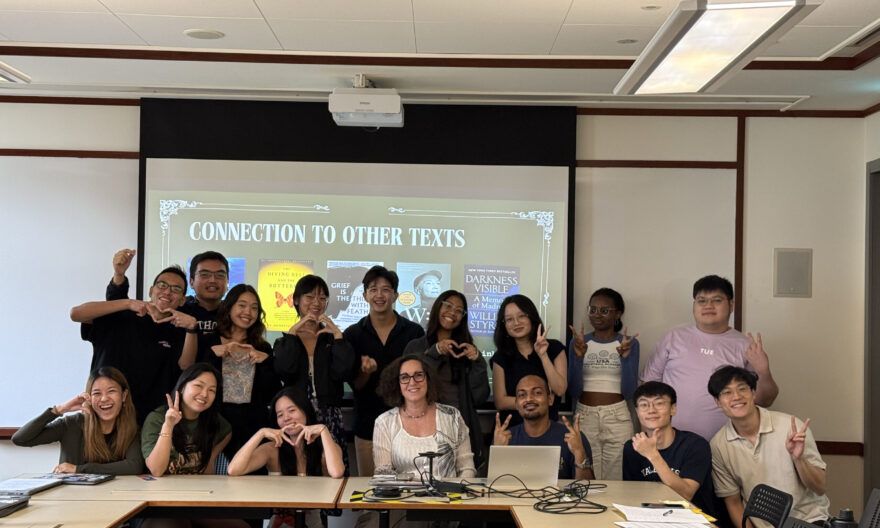Yale-NUS students engage in independent research projects to pursue their academic interests and passions
Students participate in Independent Reading and Research projects, delving into unique topics that go beyond the standard course offerings.
 From left: Nicholas Loh with Associate Professor Marvin Montefrio, Tala with Ong Wei Lin, and Denyse Tan. Images are provided by Nicholas, Wei Lin, and Denyse.
From left: Nicholas Loh with Associate Professor Marvin Montefrio, Tala with Ong Wei Lin, and Denyse Tan. Images are provided by Nicholas, Wei Lin, and Denyse.
At Yale-NUS College, students are encouraged to pursue their academic interests in a variety of ways. One of these ways is to take Independent Reading and Research (IRR) courses. IRR courses allow students to delve in an academic topic of special interest to them, with the close guidance of a faculty member. The courses lead to a final project or product that could also culminate in a presentation by the students to the faculty or public.
Last semester, Ong Wei Lin and Nicholas Loh (both from the Class of 2024) undertook an IRR course under the supervision of Associate Professor of Social Sciences (Environmental Studies) Marvin Montefrio. Together, they investigated how urban spaces and elements interacted with nature in the context of Singapore.
Denyse Tan (Class of 2024) was another student who pursued an IRR project. Working with Assistant Professor of Social Sciences (Urban Studies) Justin Stern, Denyse explored ways to create urban landscapes that are more accessible to people with disabilities and advocate for inclusive urban planning.
On what led them to the project, Wei Lin and Nicholas shared that they were keen to connect their passion for photography with their academic interests in Environmental Studies and Urban Studies respectively. “We wanted to do a photography project to see how nature is weaved into the built environment of the city and how nature pervades urban structures, all from the lenses of our camera.”
Denyse developed a fascination with the intersection of disability studies and urban planning while spending a semester abroad. “Returning to Singapore, I found a lack of courses at Yale-NUS College addressing this nexus. My IRR project thus allows me to blend a rigorous literature review with original syllabus development, positioning my work to influence how urban spaces are conceptualised and crafted.”
For the IRR courses, students are given the autonomy to shape the methodology of the scholarly inquiry. For Wei Lin and Nicholas, they looked at how photographers in Southeast Asia and around the world, such as Ansel Adams and Ian Teh, interpreted urban-nature dynamics for inspiration.
“We also attended a talk by Guo Jie, a photographer who focuses on architecture. We learned more about his perspectives on framing and lighting, which enhanced our approach to taking photographs.”
As with all academic endeavours, challenges are typical. Denyse said: “Navigating and challenging the entrenched notions of accessibility in urban planning has been a profound challenge. Compiling a diverse array of perspectives into a coherent framework, especially considering complex and less visible disabilities like chemical sensitivity, added another layer of complexity to this endeavour.”
Nicholas and Wei Lin faced a challenge in deciding on what to photograph. “There were so many beautiful natural and urban spaces in Singapore we could feature, and that meant we had to be selective and intentional about the process.”
Despite the challenge, the duo found the process to be memorable. “Exploring new places, along with Associate Professor Montefrio’s daughter Tala, and discussing our different perspectives of places was enjoyable. We also found brainstorming and conceptualising our final exhibition for our photographs was fun!”
Denyse added: “The process of discovering and engaging with the pioneering ideas within critical access studies has been immensely rewarding. Discussing these concepts with my supervisor has been particularly enriching, providing me with the support to think more critically and from various angles.”




